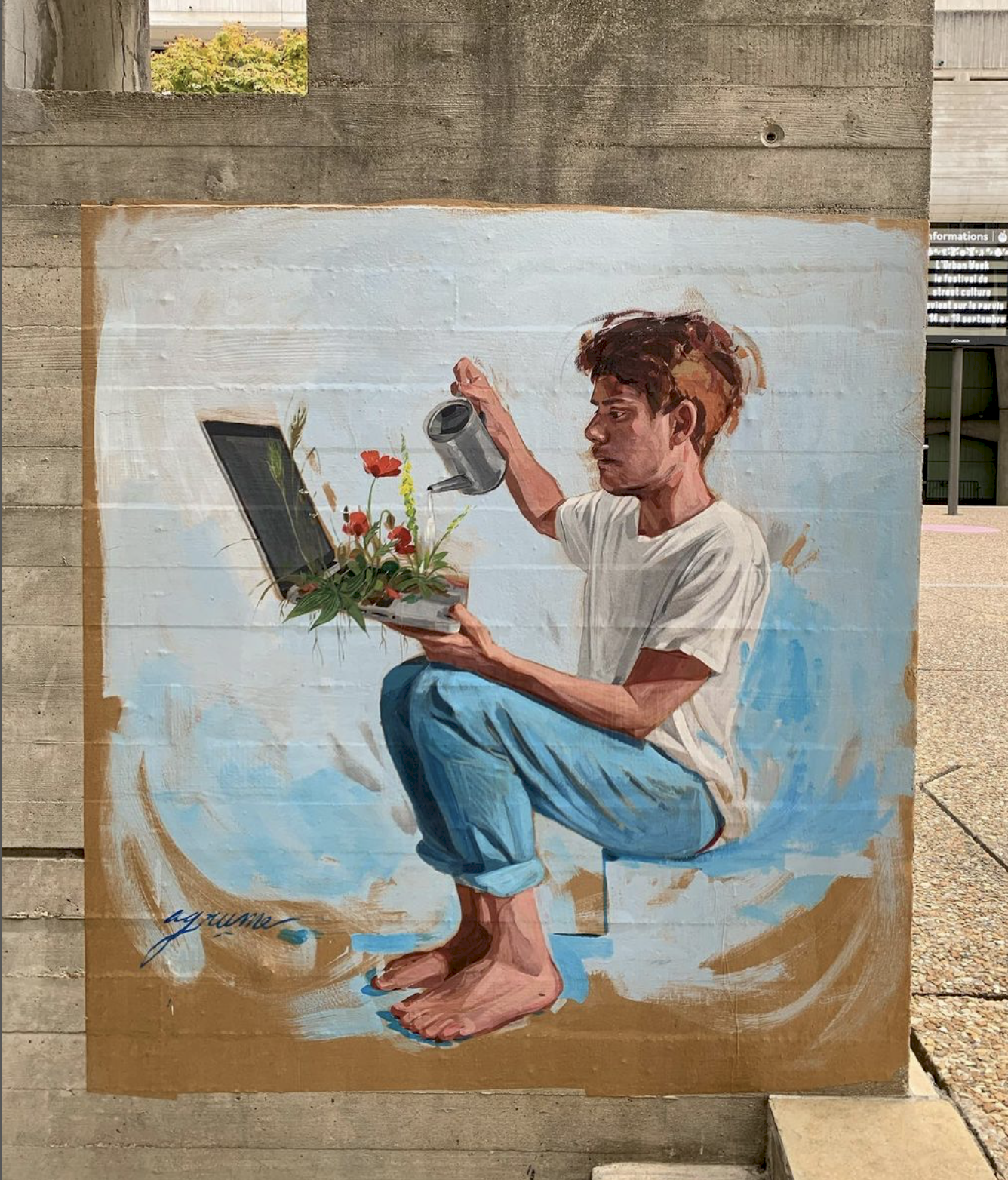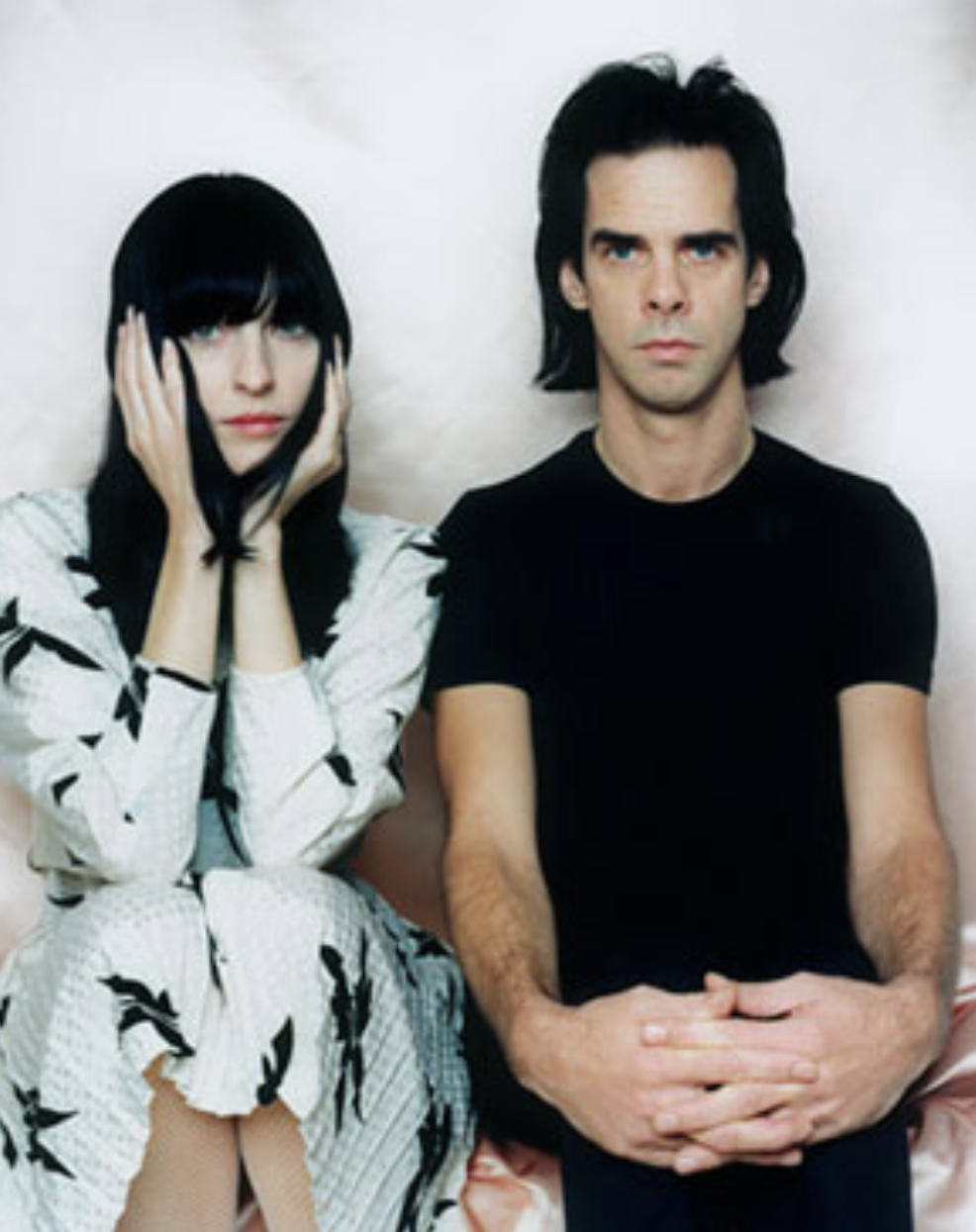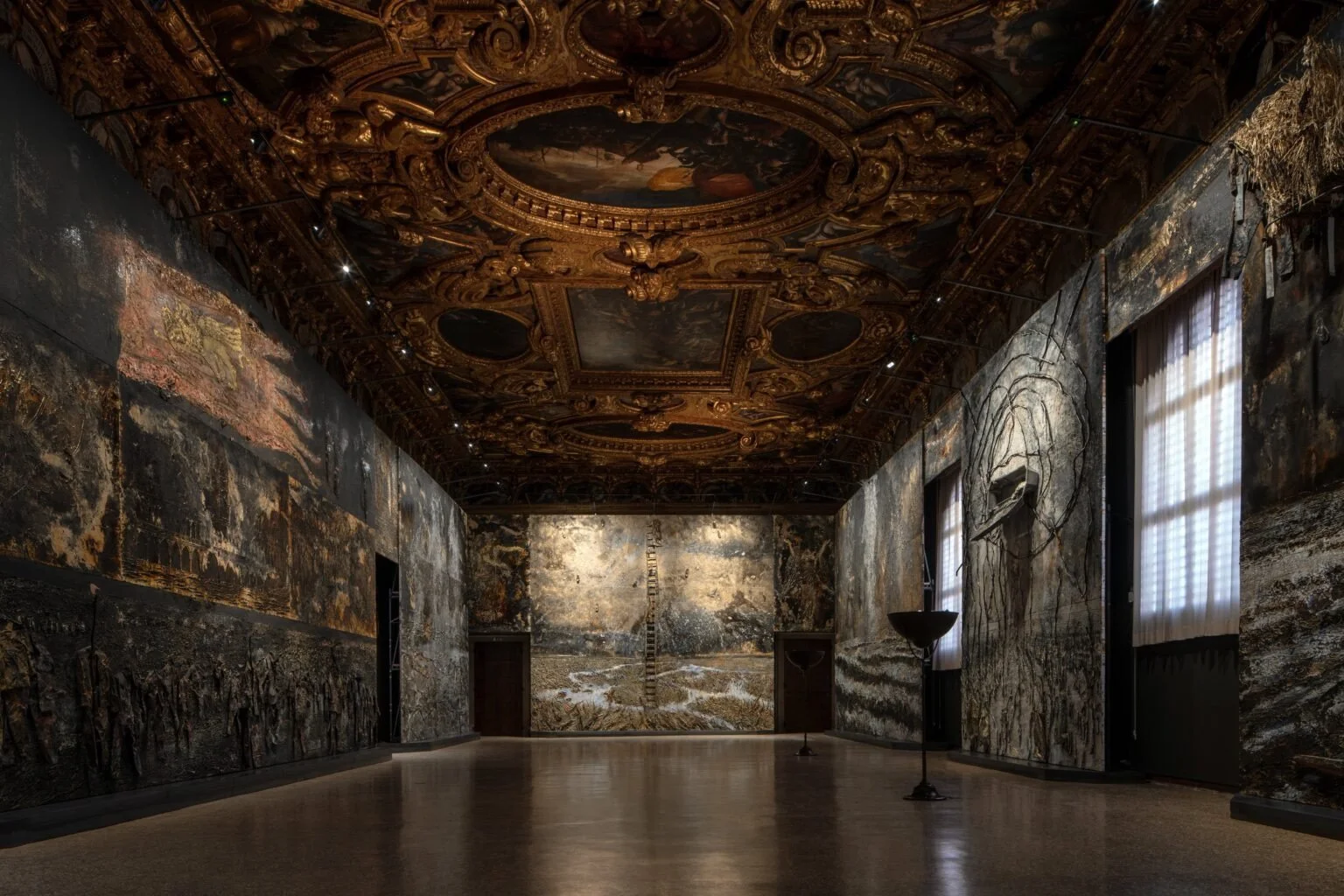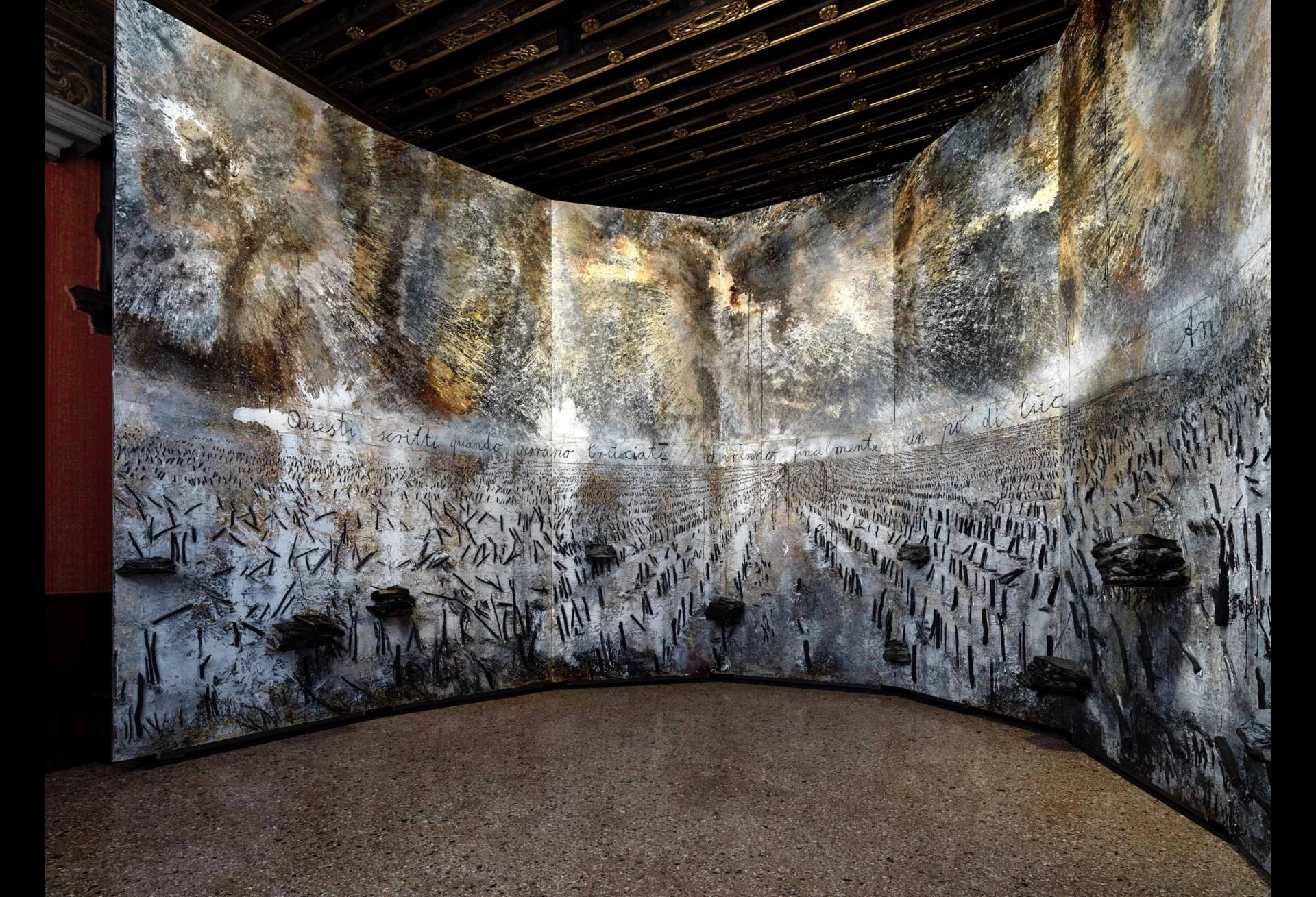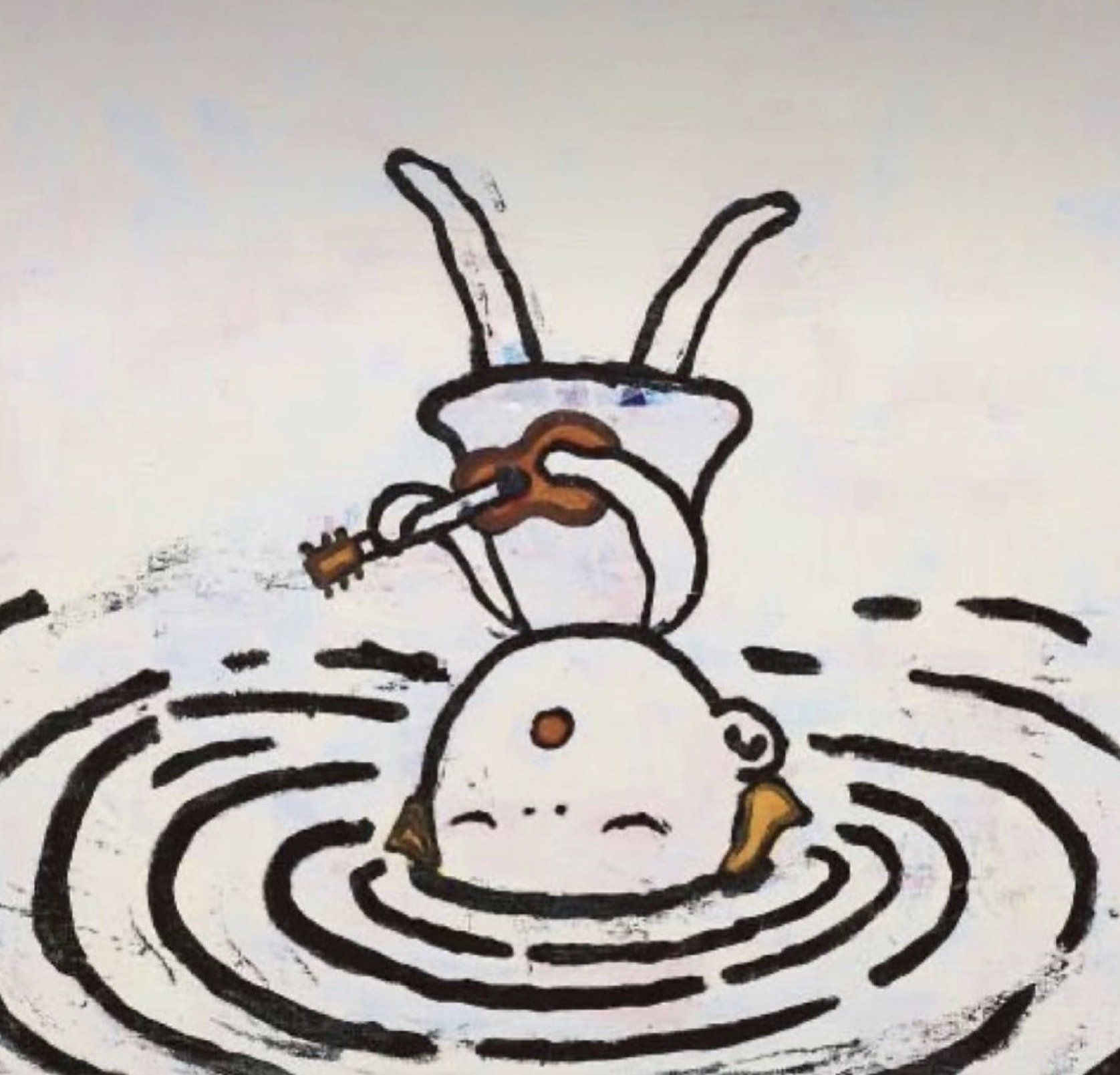Recently in the city of Utrecht for the ILFU festival, Spanish collective Luzinterruptus created an iteration of their installation “Literature versus Traffic”, previously featured in cities such as Madrid, New York, Toronto and Melbourne. The site intervention of 10,000 illuminated books placed haphazardly in the street literally disrupts the usual flow of traffic, and according to Luzinterruptus, “For a few hours, stories and poems replaced with their silent whispers the noise and pollutions”. People are then given the opportunity to walk among the books and even take them away. The books are recycled through people claiming them, giving them another life beyond the installation, and the story/project continues.
Of this ongoing project, Luzinterruptus said: “We want literature to seize the streets and become the conqueror of public spaces, freely offering to those who walk by a space free of traffic which for a few hours of the night will succumb to the modest power of the written word.‘
